SAEDNEWS: Taq-e Bostan in Kermanshah, Iran, is a testament to the grandeur of Sassanid Persia. Carved into a mountain, these rock reliefs capture the essence of royal ceremonies, religion, and Persian culture, marking it as a crucial historical site.
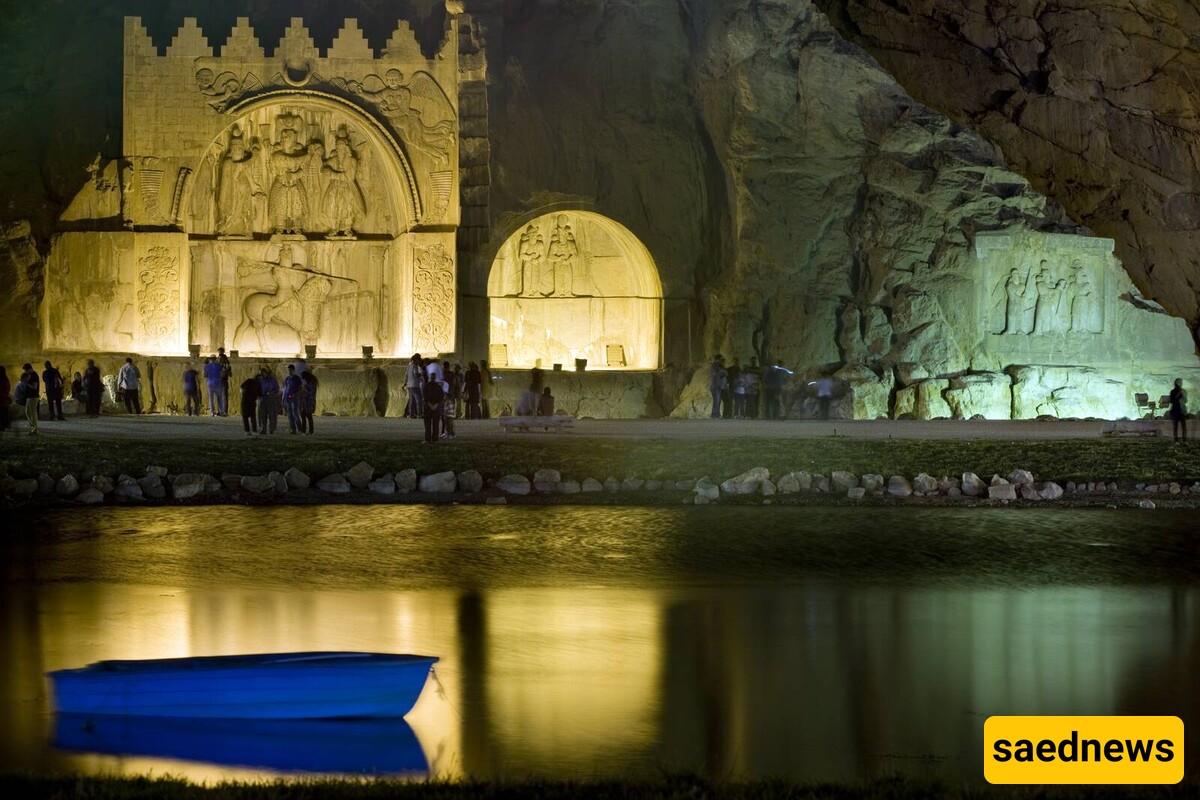
According to SAEDNEWS, Taq-e Bostan, an impressive historic site nestled in Kermanshah, Iran, boasts some of the most intricate rock reliefs from the Sassanid dynasty (224–651 AD). These elaborate carvings, set against a mountainous backdrop, depict moments of Persian history and royal traditions from the Sassanid period. Today, Taq-e Bostan remains one of Iran's most treasured archaeological sites, preserving the art, culture, and historical narratives of ancient Persia.
Known as the “Arch of the Garden,” Taq-e Bostan features grand reliefs carved into rock, depicting royalty, hunting scenes, and symbolic rituals. The site is made up of two large arches, each showcasing intricate designs that reflect the artistic skill of the Sassanid era. The larger arch houses a vivid relief of King Khosrow II on his steed, Shabdiz, donned in full armor. These carvings highlight the advanced stonework and attention to detail characteristic of the period, with each element carefully etched to emphasize the grandeur of the Sassanid kings.
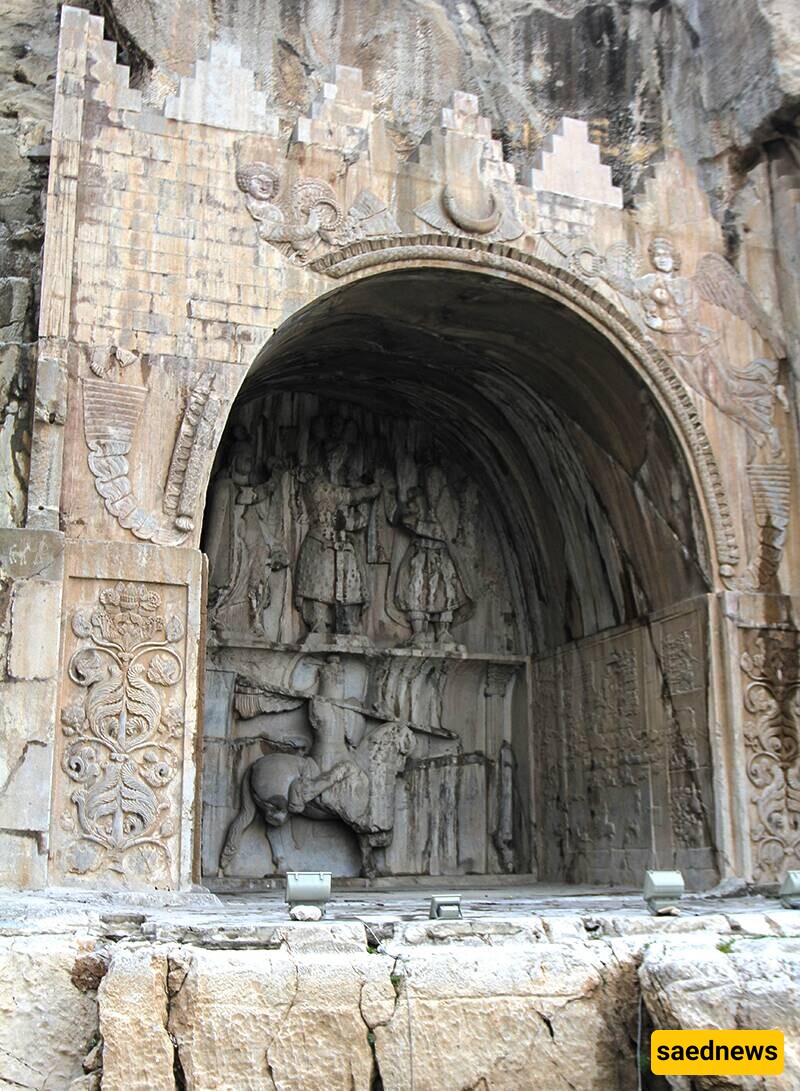
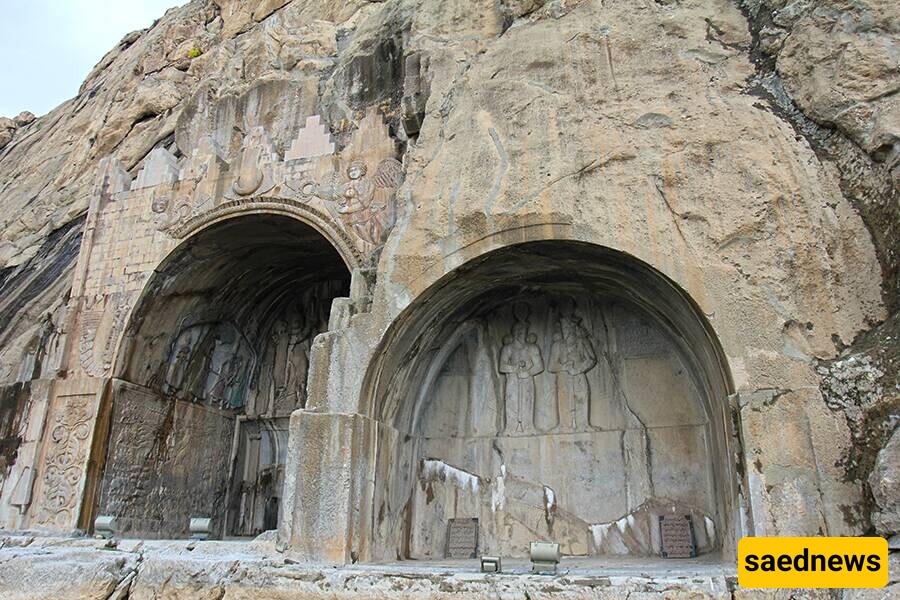
The carvings at Taq-e Bostan illustrate the Sassanid rulers’ authority and their divine connection. Key figures, such as King Ardashir II, King Shapur III, and King Khosrow II, appear in poses of power, surrounded by gods and symbolic figures. For example, in the investiture scene of Ardashir II, the king is shown receiving a ring from Ahura Mazda, symbolizing the god’s blessing on his rule. These scenes highlight the importance of royal power, hunting traditions, and ceremonial activities, all central to the Sassanid worldview.
With its rich details, Taq-e Bostan offers a window into Sassanid symbolism, showcasing armor, clothing, and other cultural elements. These insights make the reliefs invaluable for understanding the courtly life and traditions of ancient Persia.
Taq-e Bostan’s reliefs also reveal the close ties between Sassanid rule and religious beliefs. Zoroastrian symbols, such as the god Ahura Mazda, reinforce the divine status of the kings and reflect the religious unity promoted during the Sassanid era. Additionally, the blend of Persian, Greek, and Roman influences within the carvings highlights the Sassanid Empire’s interactions with neighboring cultures, illustrating how various artistic traditions merged to form a distinct style.
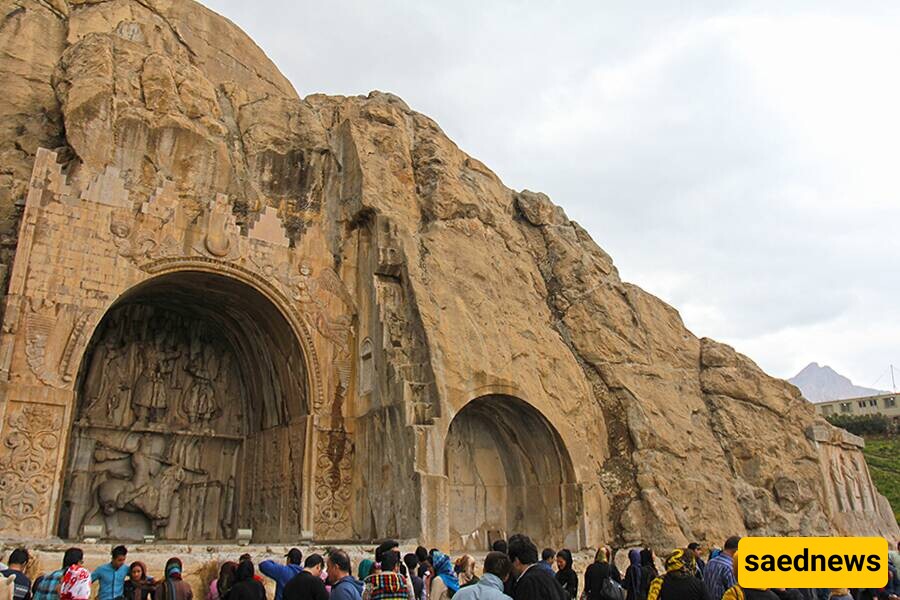
The carvings at Taq-e Bostan have influenced Persian and Islamic art, leaving a cultural legacy that carried on through subsequent generations. Their detailed depictions and iconography became a foundation for Persian artistry, influencing the region’s aesthetics and architectural practices. Taq-e Bostan serves as a key historical source, bridging ancient Persian culture with the evolution of art in the Islamic era.
As a prominent cultural site in Iran, Taq-e Bostan draws thousands of visitors annually. Iranian heritage authorities have undertaken conservation efforts to protect the reliefs from erosion and human impact. These efforts aim to preserve the historical site, allowing future generations to witness its beauty. Cultural programs and guided tours also help visitors appreciate the context and historical value of these ancient carvings.
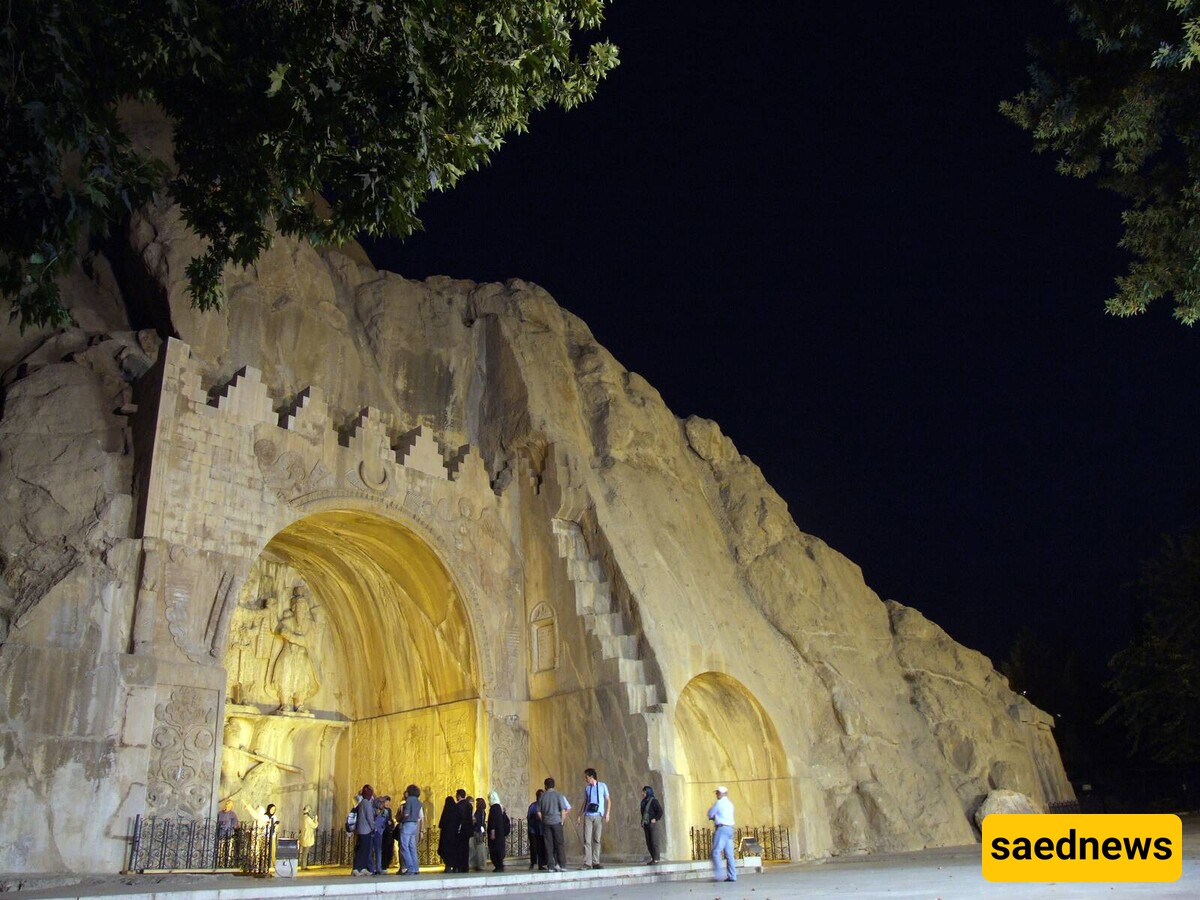
Taq-e Bostan remains a powerful symbol of Sassanid art, history, and spirituality. These rock reliefs have preserved Persia's heritage, showcasing the strength, religious beliefs, and artistic talents of a bygone era. Today, Taq-e Bostan connects visitors to the heart of Persian culture, embodying the timeless legacy of one of history’s greatest empires.

